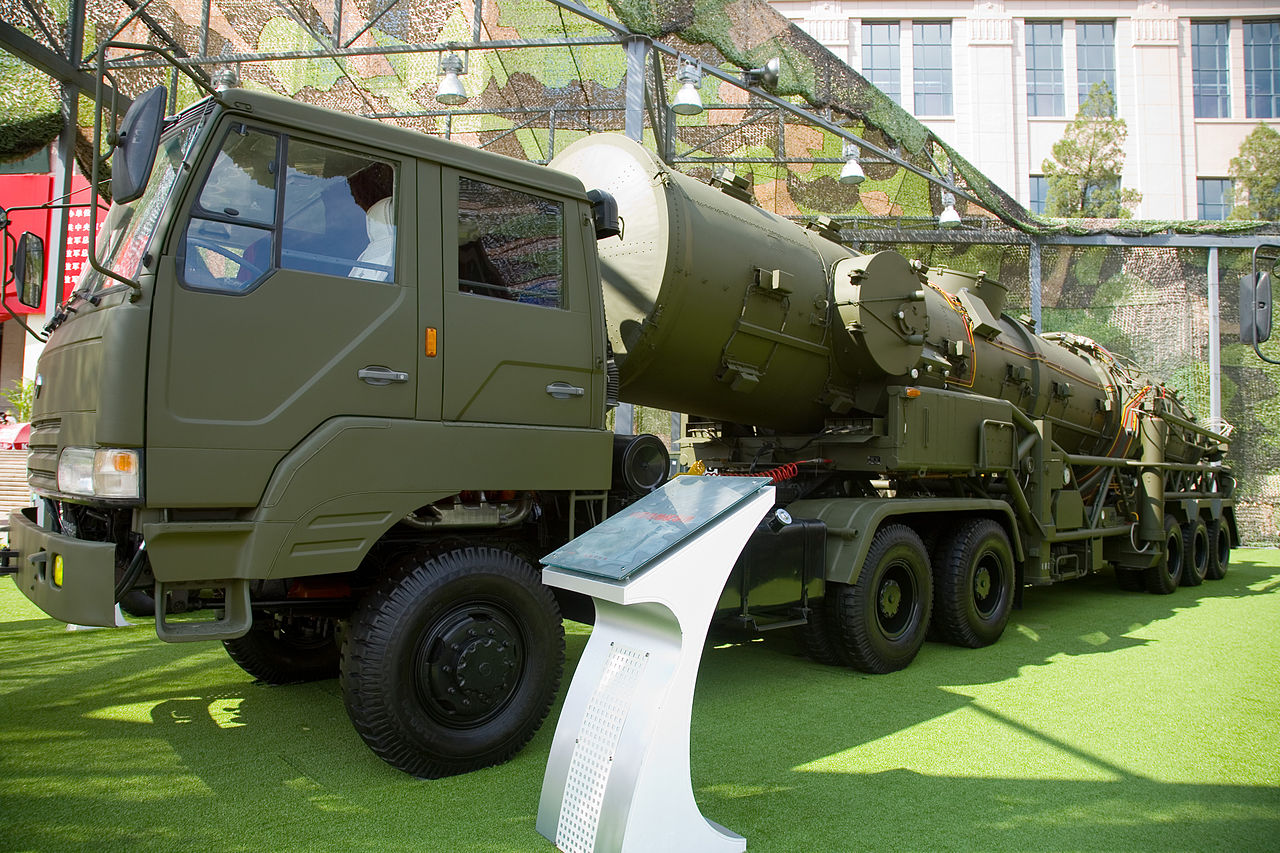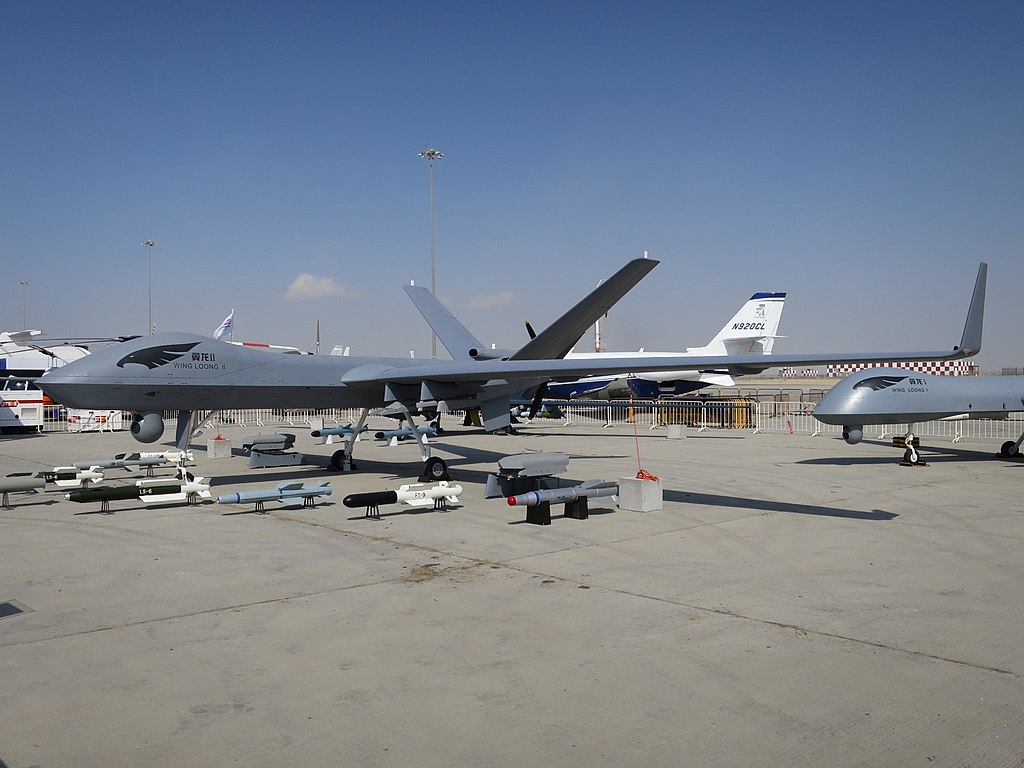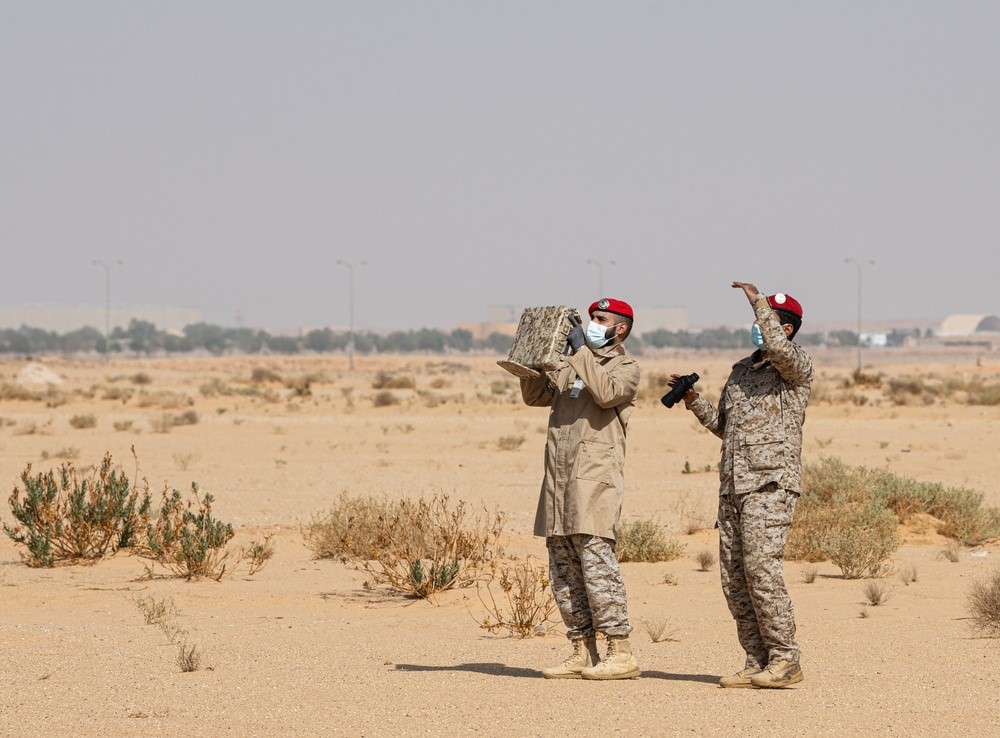
A Chinese DF-21A transporter erector vehicle on display at the “Our troops towards the sky” exhibition at the Beijing Military Museum.
“Saudi foreign policy has adapted to international multipolarity…”
Saudi Arabia’s continued unwillingness to act against Russia in global energy markets should understood in the context of a broader Saudi foreign policy recalibration, formulated prior to the Ukraine conflict and in response to a perceived geostrategic transformation in which it views China playing a key role. Early in the Ukraine conflict, Saudi leadership countered U.S. pressure to undermine Russian interests in global energy markets with demands that the U.S. bolster security assistance for the kingdom. Looming behind these demands was the prospect of turning to China as a complementary, if not alternative, security partner. As detailed in the first excerpted article, a columnist in the influential Saudi daily al-Riyadh recently noted: “Saudi foreign policy has adapted to international multipolarity,” leading the kingdom to strengthen political, economic and military relations with several countries, including China. Chinese-Saudi military cooperation, which is likely to come under increased scrutiny in coming months, primarily involves weapons and technology transfers, most notably involving ballistic missiles and unmanned aerial vehicles (UAVs).
At the core, Chinese-Saudi defense cooperation is rooted in missiles, and has been a relationship shrouded in secrecy from the start. Such cooperation began with a 1986 deal for around 50 medium-range DF-3 (Dongfeng 3) missiles, conducted surreptitiously and before the establishment of official bilateral relations in 1990.[i] In 2007, following a landmark visit to China by King Abdullah, Saudi Arabia purchased the upgraded DF-21 ballistic missile system; however, neither country publicly admitted to the deal, which was reported on several years later. Today, the secret China-Saudi missile development program appears to continue evolving, with recent media reports and analyses claiming that Saudi Arabia, with Chinese assistance, has begun producing missiles domestically.
In contrast to the clandestine missile program, Saudi-Chinese cooperation on UAVs and counter-UAV systems is mostly in the open. In the past decade, Saudi Arabia has purchased the Chengdu Aircraft Industry Group’s Wing Loong II and the China Aerospace Science and Technology Corporation’s Rainbow CH-4 UCAVs, employing them in the Yemen conflict and signing cooperation agreements for CH-4s to be coproduced in Saudi territory. Saudi military industry has also contracted with the China Electronics Technology Group to jointly develop drones and counter-drone systems.[ii] Last February, during the first edition of the Saudi World Defense Show, the Saudi government signed a deal with China’s Poly Technologies to purchase an anti-UAV laser system called “Silent Hunter”[iii] amid Saudi accusations that the United States was an unreliable security partner. As a prominent journalist wrote at the time in the regionally influential Saudi daily al-Sharq al-Awsat: “When Houthi terrorism targets Saudi Arabia with ballistic missiles and Iranian drones, Washington rushes to Vienna to complete the nuclear agreement,” in reference to negotiations to revive the Iran nuclear deal. A few weeks before Russia’s invasion of Ukraine in early 2022, the defense ministers of China and Saudi Arabia met virtually and, per the accompanying tweet by the Saudi Defense Minister, “explored ways to strengthen our military and defense cooperation.” Similar discussions took place in June 2022, on the sidelines of the 2022 Shangri-La Asian Security Dialogue. There was much expectation that Chinese President Xi Jinping would visit Saudi Arabia last summer, but the visit never materialized. If such a visit takes place, defense and security cooperation will very likely be on the agenda.
Sources:
المملكة وسياسة الرصانة.. تنويع التحالفات وتعزيز التوازن الدولي
Fahim al-Hamed. “The Kingdom and its Sober Policy… Diversifying Alliances and Strengthening International Balance,” al-Riyadh (influential Saudi daily), 15 October 2022. https://www.alriyadh.com/1977312
The kingdom is governed by mutual strategic interests, but has always set limits to its flexibility and to being pressured. At this stage, the kingdom maintains its interests in light of a changing international system and major international conflicts, to ensure its leading role in the global scene. Saudi foreign policy has adapted to international multipolarity; thus, the kingdom has strengthened its political, economic and military relations with China, Russia and India, and has recently been restoring the relationship with Turkey.
حان وقت العقلانية السياسية
Tariq al-Hamid. “It is time for political rationality,” al-Sharq al-Awsat (regionally influential Saudi daily), 23 March 2022. https://tinyurl.com/4663yaye
It is unreasonable for the price of oil to rise, so Britain and the United States rush to contact Saudi Arabia, and when Houthi terrorism targets Saudi Arabia with ballistic missiles and Iranian drones, Washington rushes to Vienna to complete the nuclear agreement…
Is there a serious stance from the US administration, which is now talking about “partnership” and “alliance” with Saudi Arabia and the Gulf states? Where is the serious American position on the security of the Gulf, as the Americans demand the Saudis and the Gulf states now to reduce oil prices and support international stability?
@kbsalsaud (Khalid bin Salman, Saudi Minister of Defense), Twitter, 26 January 2022. https://twitter.com/kbsalsaud/status/1486308204455804932
Upon the direction of HRH the Crown Prince, I met with the Minister of National Defense in the people’s republic of China General Wei Fenghe. We reviewed the historic ties between our two countries and explored ways to strengthen our military and defense cooperation.
@defensearabia (Defense Arabia, Arabic-language military news and analysis website), Twitter, 11 June 2022. https://twitter.com/defensearabia/status/1535634061141725184Saudi Assistant Defense Minister meets Chinese Defense Minister in Singapore, to discuss defense and military cooperation relations.
Notes:
[i] The DF-3 missiles were expensive and inaccurate, to the point of allegedly making them unusable during the first Gulf War. Yet, according to the memoirs of former deputy defense minister Khalid bin Sultan—the key Saudi official involved—the deal marked a turning point in Saudi military development and in its relations with China.
[ii] See: Lucas Winter, “UAV Technologies Proliferating in Yemen and Saudi Arabia,” OE Watch, Issue 7, 2022.
[iii] See: Lucas Winter, “Saudi Arabia Turns to China for Low-Altitude Air Defense,” OE Watch, Issue 4, 2022.
Image Information:
Image: A Chinese DF-21A transporter erector vehicle on display at the “Our troops towards the sky” exhibition at the Beijing Military Museum.
Source: Max Smith, https://en.wikipedia.org/wiki/File:DF-21A_TEL_-_Chinese_Military_Museum_Beijing.jpg
Attribution: Public Domain



